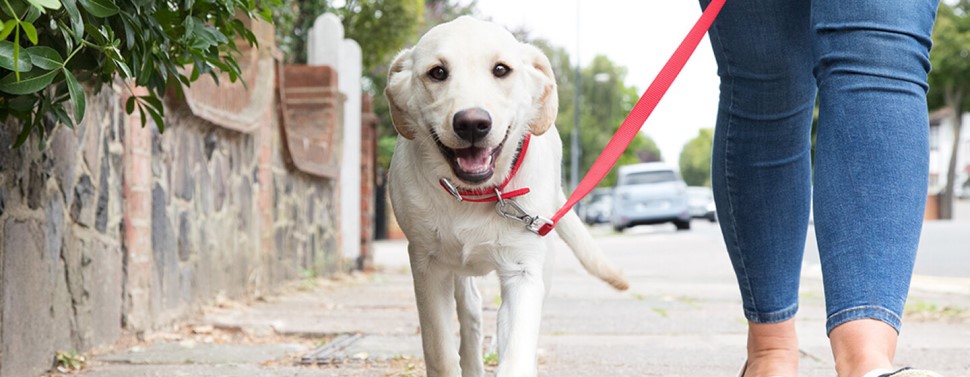How to Train Your Dog to Walk Nicely on a Leash

Training your dog to walk nicely on a leash is a vital skill that benefits both the dog and the owner, ensuring safe and enjoyable walks. This guide outlines effective techniques and tips to achieve a well-mannered walking companion.
Understanding the Importance of Leash Training
Leash training is essential for controlling your dog in public spaces, preventing them from running into traffic, approaching strangers uninvited, or engaging with other dogs aggressively. It also reinforces your role as the pack leader, establishing a bond of trust and respect between you and your dog.
Starting with the Right Equipment
- Choose the Right Leash and Collar: A sturdy, comfortable leash and collar are crucial. For many dogs, a standard 6-foot leash and a flat collar will suffice. However, dogs that pull excessively might benefit from a front-clip harness or a head halter, which offer more control without causing discomfort or harm.
- Introduce the Leash and Collar Early: Familiarize your puppy or dog with their collar and leash by allowing them to wear it around the house, initially without holding onto the leash. This helps them get used to the feel of the leash and collar without any associated stress.
Basic Leash Training Techniques
- Start in a Familiar, Low-Distraction Environment: Begin training in your home or backyard where distractions are minimal. This setting allows your dog to focus on you and the training exercises.
- Use Positive Reinforcement: Reward your dog with treats, praise, or playtime whenever they walk nicely beside you or look at you while walking. This reinforces the behavior you want to see.
- Teach a Cue: Introduce a verbal cue or signal to indicate it’s time to start walking. Consistency with this cue helps your dog understand the expected behavior.
- Stop and Go Technique: If your dog starts to pull, stop walking immediately. Don’t move forward until the leash is slack again. This teaches your dog that pulling won’t get them where they want to go faster.
- Change Direction: Another effective technique is to change direction whenever your dog pulls. This unpredictability encourages them to pay attention to you and follow your lead rather than dragging you along.
- Practice, Practice, Practice: Consistency and repetition are key. Short, frequent training sessions are more effective than occasional, longer sessions.
Dealing with Common Challenges
- Pulling on the Leash: If your dog continues to pull, consider a training session focused solely on leash manners. Use the stop-and-go and direction change techniques consistently.
- Lunging at Other Dogs or People: Keep a safe distance from triggers and use high-value treats to capture your dog’s attention before they react. Over time, you can gradually decrease the distance as your dog learns to focus on you.
- Refusal to Move: Some dogs may plant themselves and refuse to walk. Encourage movement with treats or toys and praise any steps taken. Avoid dragging your dog, as this can cause fear or injury.
Training your dog to walk nicely on a leash doesn't happen overnight. It requires patience, consistency, and positive reinforcement. By understanding your dog's needs and behavior, you can turn daily walks into enjoyable experiences that strengthen your bond. Remember, the goal is not just to stop your dog from pulling but to teach them to walk politely by your side.

Related